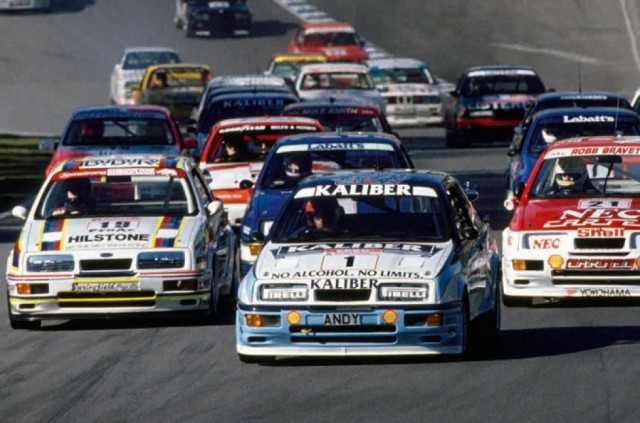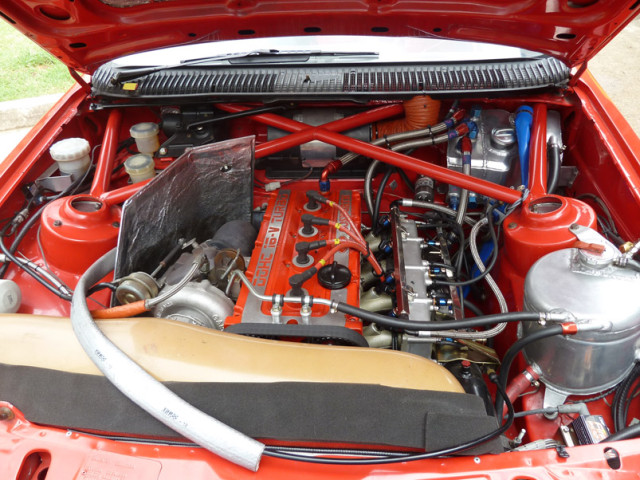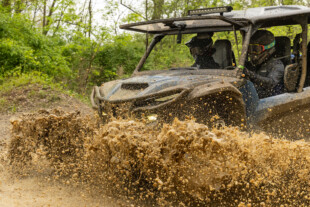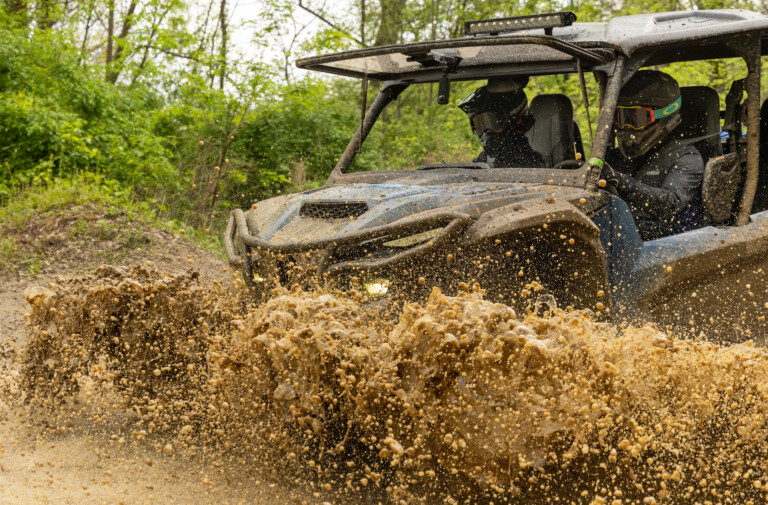Half a century ago, the touring car game was quite different. The cars were not nearly as sophisticated as they are today – especially in the aerodynamic department. Not reliant in the slightest on big wings for performance, the older touring cars used their skinny tires to slide through corners, and powerful engines to propel them down the next straight.
Those two components made them real handfuls. Thankfully, the cars could be wrestled and could still be quick; the touring car drivers of yesteryear could be both showmen and race winners. The Group A Sierra Cosworth, which dominated European touring car racing at the end of the ’80s, started from the hot-rodded RS500 homologation specials built in a group of – wait for it – 500 or more – and then even more performance was bolted on.
Still fundamentally a road car, the Group A Sierra Cosworth used a production – albeit seam-welded – chassis, but benefited from slick tires, AP Racing brakes with drilled and vented rotors, and Bilstein coilovers at all four corners. The 2.0-liter Cosworth YBD motor, managed by a Bosch Motronic system and fed by a Garrett T31/T04 turbo, could chuck out 500 horsepower on 25 pounds of boost, and could make as much as 600 when tweaked further.
Thankfully, the motors proved somewhat reliable, and with a near-indestructible Ford Motorsport 9-inch rear end, they could handle the power. However, with only a 9-inch tire in the rear, that rapidly-delivered grunt made for a squirrely rear end and a very busy driving experience, as evidenced by the footage below.
Keeping the car on-boost was important because the delivery was very abrupt and archetypal. Up until 3,500 rpm, the engine would make only ninety ponies, and at around 3,900, the car would make the full 500. Not the most progressive of power deliveries, but it sure made for some amazing spectacles.
Unlike a thoroughbred prototype or open-wheeler, the touring cars were run quite soft since the chassis rigidity was simply not there. With a peaky, turbocharged motor, it was no mean feat getting that power to the ground, and even at high speeds, the cars were likely to step out if provoked. Listening to Steve Soper feather the throttle and seeing him throw in an armful at opposite lock at well over 110 mph (8:19), shows just how hard he was working to keep the Sierra’s rear end controlled. No high-speed manners here – these drivers rarely had a moment to relax.
The cars shared most of the bodywork with the road-going RS500s, and there was very little in the way of high-speed stability. The motor was laggy and delivered power like an on-off switch. By most standards, they were not the best racing cars around. However, their spectacle trumps what’s offered 21st-century thoroughbreds. Perhaps modern-day racing could learn a thing or two from them.





















